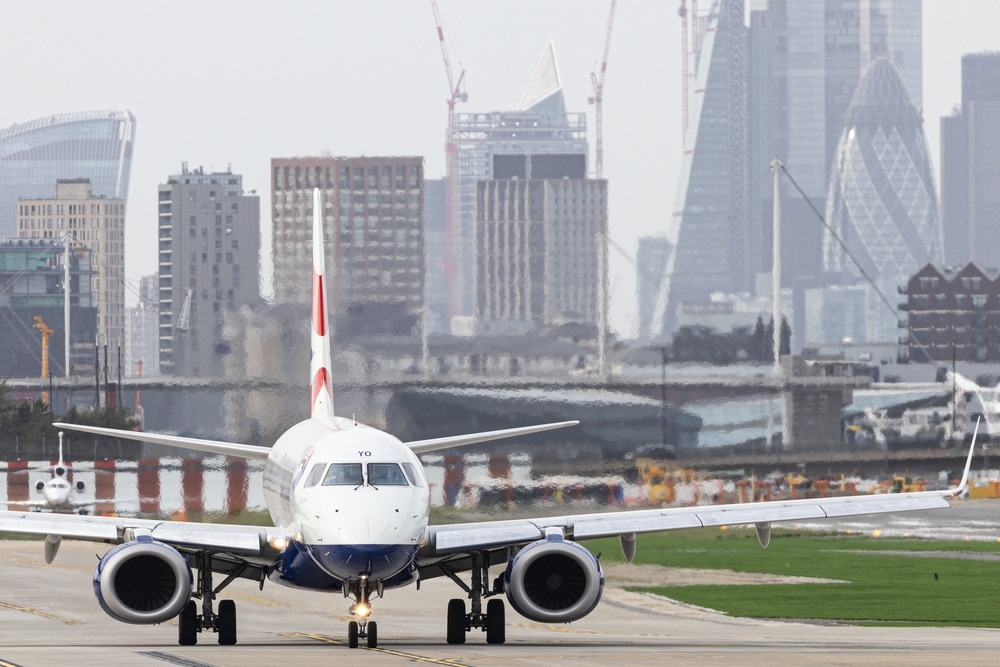As the hot weather forced British Airways to offload passengers: what it means for aircraft weight and balance
The BA service from Florence to London City was delayed earlier this month after approximately 20 passengers were asked to disembark due to soaring temperatures. The Embraer 190 aircraft, operating from Florence’s short runway, was unable to take off safely at full capacity—a stark reminder of how environmental conditions can impact aircraft performance and disrupt business travel.
The incident, which occurred during a spell of high summer heat, underscores the critical role of weight and balance calculations in aviation. While offloading passengers may seem drastic, it is a recognised safety procedure when aircraft performance is compromised by external factors such as temperature, altitude or runway length.
Why heat affects aircraft performance
High temperatures reduce air density—a phenomenon known as increased ‘density altitude’. This thinner air means wings generate less lift and engines produce less thrust, requiring longer take-off distances. At airports like Florence, where the runway measures just 1,560 metres (compared to Milan Malpensa’s 3,920 metres), aircraft may be unable to depart at full load during hot conditions. London City, the flight’s destination, also has a short runway at 1,508 metres.
To compensate, airlines must reduce weight—either by offloading cargo, limiting fuel, or, as in this case, removing passengers. If the fuel required to reach the destination pushes the aircraft above its performance-limited take-off weight, operational teams must make difficult decisions to ensure safety.
Balancing safety, payload and performance
Weight and balance management is fundamental to every commercial flight. Before boarding begins, pilots and dispatchers calculate safe operating margins, including total load and how that weight is distributed. An aircraft’s centre of gravity must remain within strict limits to preserve handling, stability and fuel efficiency—especially during take-off when the aircraft is heaviest.
The Florence case is not isolated. Airlines operating from short runways, high-altitude airports or regions with extreme heat—such as the Middle East or southwestern United States—routinely face payload restrictions. In 2017, flights from Phoenix, Arizona were cancelled when temperatures exceeded the Bombardier CRJ’s certified operating threshold of 49°C.
Technology and future-proofing
Modern load management systems have streamlined the process, replacing manual charts with real-time digital calculations. Yet the physics remain unchanged: hotter air means reduced performance margins.
Aircraft manufacturers are responding with lighter materials and more powerful engines, but for airports constrained by geography, such as Florence or London City, operational limits will persist. As global temperatures rise, climate-linked disruptions to flight schedules may become more frequent.
For business travellers, the implications are clear. While safety remains paramount, extreme weather is increasingly shaping route planning, aircraft selection and even passenger boarding decisions. The BA incident serves as a timely reminder that behind every smooth departure lies a complex equation—one that’s becoming harder to balance.


